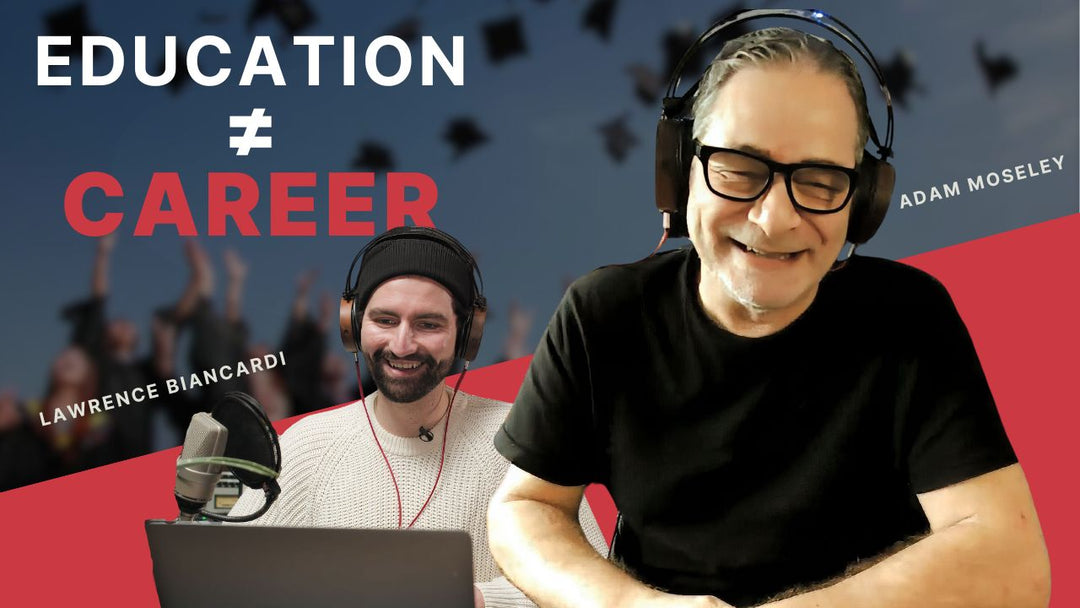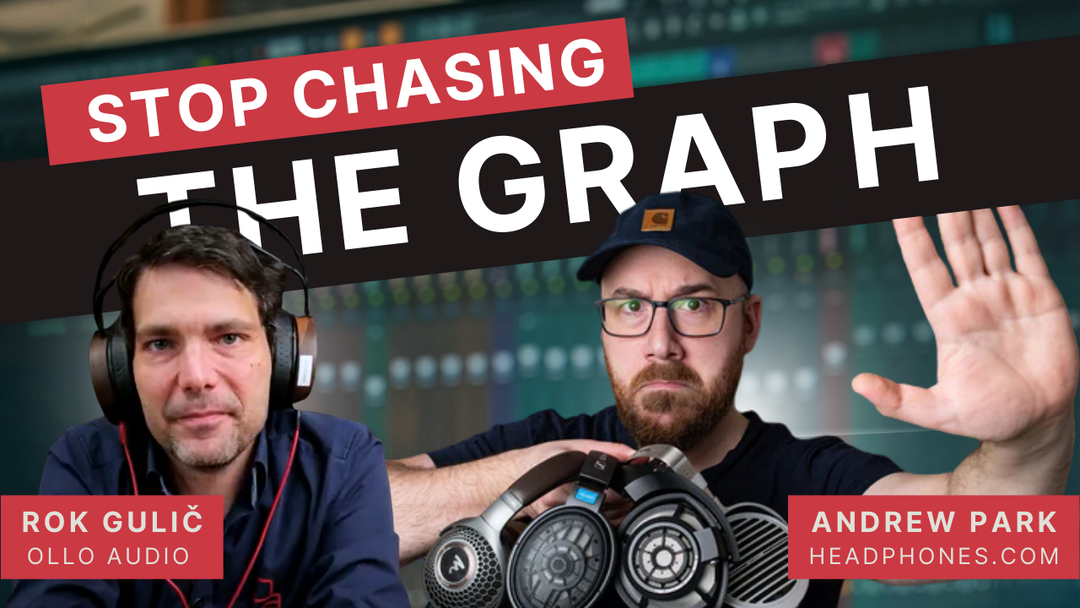Using headphones in music therapy

Author: Stefano Ianne
Music therapy is a wide term, combining different aspects of music in relation with neurophysiology. With a group of professionals from different areas, I've combined my expertise as a composer with new possibilities that technology offers us, to create a rehabilitation tool that serves as a help in treating different neurophysiological disorders.
WHAT IS MidiFly?
MidiFly® is a software that moves sound at a distance. It’s a new, powerful and modern tool that easily works with a computer and an infrared camera. It's an important asset for work, entertainment, sports and music, and is equally integral in the healthcare fields of neuro-rehabilitation and music therapy.
HOW DOES IT WORK?
It works as a gesture-based MIDI controller. Instead of pressing physical buttons, the user generates MIDI messages by moving his or her hands in the air, intercepting a virtual grid of pads. By default, every virtual pad generates a note message, unless it's disabled. A disabled pad can either do nothing at all or send a dynamics related message.
THERAPEUTICAL EFFECTS
There are different approaches to therapy. MidiFly® represents a new approach to the study of behaviors and possible therapeutic solutions. In particular, it has been tested in patients with cognitive problems such as autism and other degenerative diseases.
The outcome of neuroscientific research confirms that playing one's favorite music to the listener induces positive emotions, activates the ventral tegmental area (VTA), the striated cortex, the reward circuit and the orbital-frontal cortex (as Trost argues), regions that support pleasure and satisfaction. On the contrary, the sense of pathos or melodrama - feeling emotionally affected in the heart, feeling nostalgia or pain - would be associated with the brain activation of the insula (psychological pain), of the cingulate cortex (empathy and emotional connotation of events), of the prefrontal cortex ventromedial (processing of emotions) and hippocampus (episodic memory). Finally, the sense of agitation and strong negative emotions such as tension, excitement, or anxiety, would instead activate the amygdala and the sensory-motor areas. With respect to these neural correspondences, in general, it can be said that the emotions most easily inserted in the three aesthetic macro-categories (sense of the sublime, vitality and discomfort) arouse rather distinctive neural activations and are rather recognizable in their neural localization, while the states of complex souls "tend to share part of the emotional circuits".
In the music therapy setting the MidiFly® is in the center. The patient and operator can interact by acting on the virtual grid. The grid can be used on both sides. This fact allows users to mirror themselves and start a fruitful sound dialogue.
WHY THE HEADPHONES MATTER?
The use of Ollo headphones while using MidiFly® becomes fundamental in the composition phase, therefore in the phase in which the care of the sound is "compulsory".
Even when we play live if we want to listen carefully to an instrument like MidiFly® we cannot ignore the use of headphones.

In neurorehabilitation, the therapist can have several advantages from the use of OLLO with MidiFly®, especially in the case of a psychoanalytic approach to the study of sound. Here the importance of sound depends on the sound itself but also on how careful we are to perceive it in its "entirety". There is no doubt that we need quality support, especially in the production of specific sounds for some pathologies.
ITS SOCIAL IMPACT
The peculiarity of MidiFly® in the field of social impact is given by the fact that it is based on a "cause-effect" system with the possibility for the user to "create" something that goes beyond the rehabilitation grids built ad hoc by therapists.
"Children with DSA (dyslexia or other specific learning disorders) or adults with acquired neuro-cognitive pathologies can interact with the tool and see and hear directly what they are creating, with all the advantages that this can bring within a rehabilitation path."
There is also the possibility of being able to use the tool to work with movement to pursue certain neuro-cognitive objectives with respect to memory, attention, divided attention, and neurovision.
Particular importance is to be attributed to the possible use in Music Therapy, in particular, to establish a relationship with the patient, the so-called "sound dialogue", made of sounds, images, and body movement.

In DSAs and cognitive deficits in dementia, the possibility of working together with the therapist is interesting, for example interacting to complete a song alternately, connected for example to a video or images connected with the musical beats, working through the "Mirroring" function.
"The use of MidiFly® will potentially be very interesting in the rehabilitative treatment of all children affected by autism spectrum disorders, precisely because of the possibility of reinforcing communication processes through visual-sound stimulation specifically in subjects in whom social interaction is impaired, communication, and in which the initiative and interest in the surrounding reality appears very limited."
All these contents were experimented through the Inartesalus Research Group of Schio in Italy, directed by Professor Stefano Navone and the experimental laboratory at the faculty of Magisterio of Valencia (ES), Department of Didactics of Musical, Plastic and Body Expression, directed by Professor Maria Angeles Bermell Corral and organized by Doctor Mariangela Lippolis. Particular attention should be given to the studies conducted by Dr. Stefano Santori on Biohacking and the use of MidiFly®.
Learn more about MidiFly® here.
Stefano Ianne, Composer & OLLO Audio Endorser




